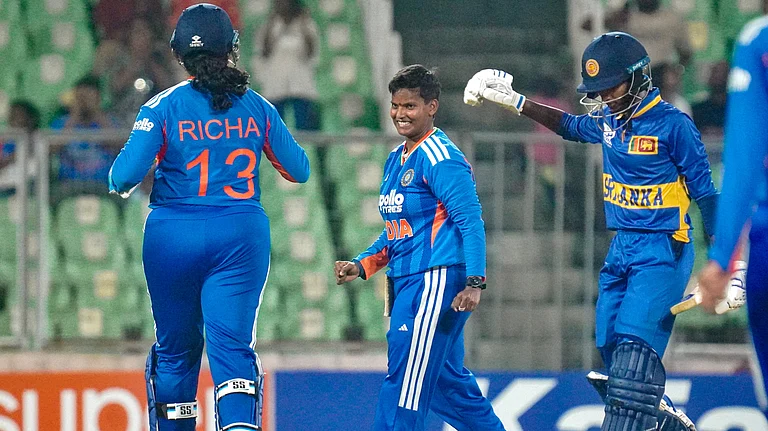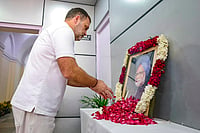On May 6, 1954 in Oxford, Roger Bannister of the United Kingdom did something no human had done ever before. The 25-year-old ran a mile in less than four minutes. (More Sports News)
Maggi takes longer sometimes.
Just 46 days later, 24-year-old John Landy, Bannister’s great rival from Australia, bettered the mark.
In August that year, 48 days after Landy’s performance, the 1954 Vancouver Commonwealth Games were to be held. Finally, the two men who were redefining human limits would come face to face in a duel.
Interest in the race was huge. It was billed as the ‘Miracle Mile’ and ‘The Mile of the Century’.
Contrast has always made for great sport, and Bannister and Landy were opposites in several aspects. Bannister was reserved, Landy much more social. Landy believed in running fast from the start. “I would rather be beaten in 3:58 than win in 4:10,” he once said. Bannister preferred to pace himself and save his legs for a burst in the final stretch.
In Vancouver, both encountered physical setbacks. According to the Commonwealth Games Federation website, thecgf.com, Bannister caught a severe cold. Landy needed stitches on his foot after landing on a photographer’s flashbulb.
On finals day, the sun was out and more than 30,000 thronged the Empire Stadium.
Landy, as expected, bolted out of the gates. He led Bannister by nearly 15 yards at one stage.
Bannister reduced the gap to ten yards, yet felt the race was slipping away.
"This was the moment when my confidence wavered," he wrote in his autobiography The First Four Minutes.
The way Bannister strategized from that point is an education in the mental aspect of sport, or any challenge. No wonder he eventually became a neurologist.
“I tried to imagine myself attached to him (Landy) by some invisible chord. With each stride I drew the chord tighter and reduced his lead," Bannister wrote of his innovative approach.
Landy, however, streaked ahead again. A respect for the ability and strength of an opponent is a hallmark of legendary battles. In Ernest Hemingway’s The Old Man and the Sea, the fisherman, Santiago, often feels love and admiration for the epic fight put up by the giant marlin he has hooked.
Bannister, too, marveled at Landy’s running style, even as he chased him.
"I was almost hypnotised by his easy shuffling stride - the most clipped and economical I have ever seen,” he wrote.
It was a case of now or never for Bannister. So he manipulated his own mind. Landy was tiring, he told himself, even though there was no clear evidence of it.
"As we entered the last bend, I tried to convince myself that he was tiring." Bannister wrote in The First Four Minutes.
Towards the very end of the race came another lesson, one in observation and body language. With Bannister closing in, Landy turned his neck left to see if he was still clear of his rival. To Bannister, this was a giveaway that Landy was wavering. Bannister powered past him from the right.
The Miracle Mile was his. Both he and Landy clocked under four minutes.
In later years, they became pillars of society. Sir Roger Bannister served for decades as a neurologist, while Landy became an agricultural scientist and author. But like Ali and Frazier, Federer and Nadal, Ovett and Coe, their names will always be linked in sports history. Their great race is captured in sculpture too. There is a statue in Vancouver of the exact moment when Landy looked left, and Bannister went right.


























